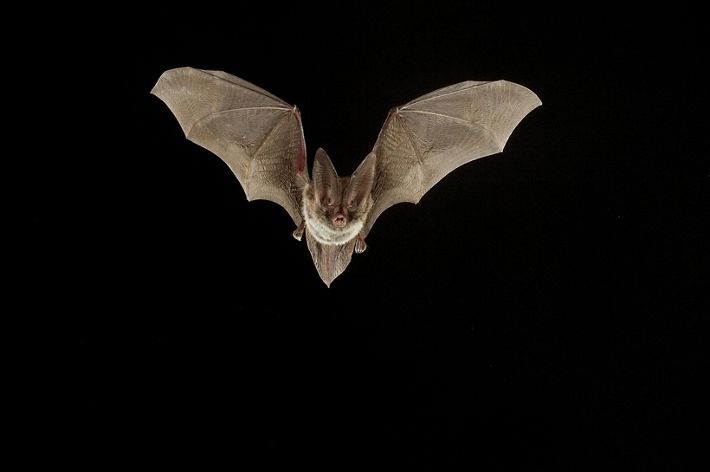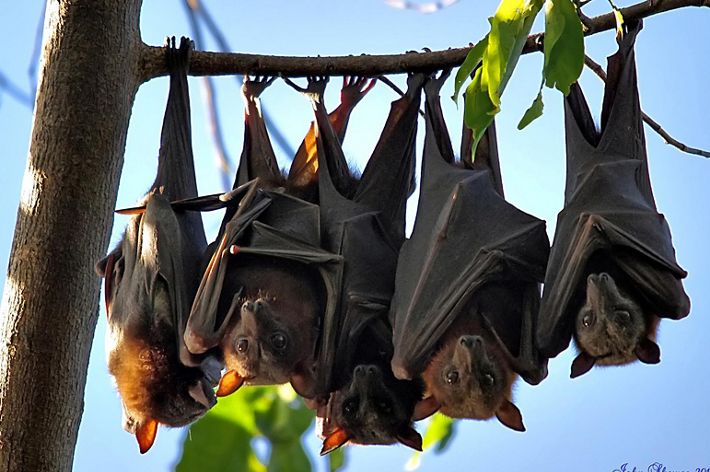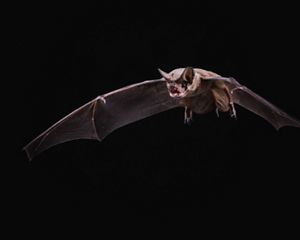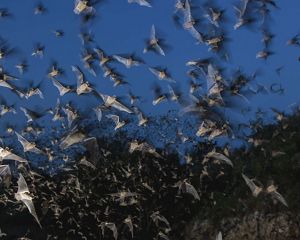Amazing Facts About Bats
How much do you know about the world’s only flying mammal? Test your knowledge with these 10 bat facts.
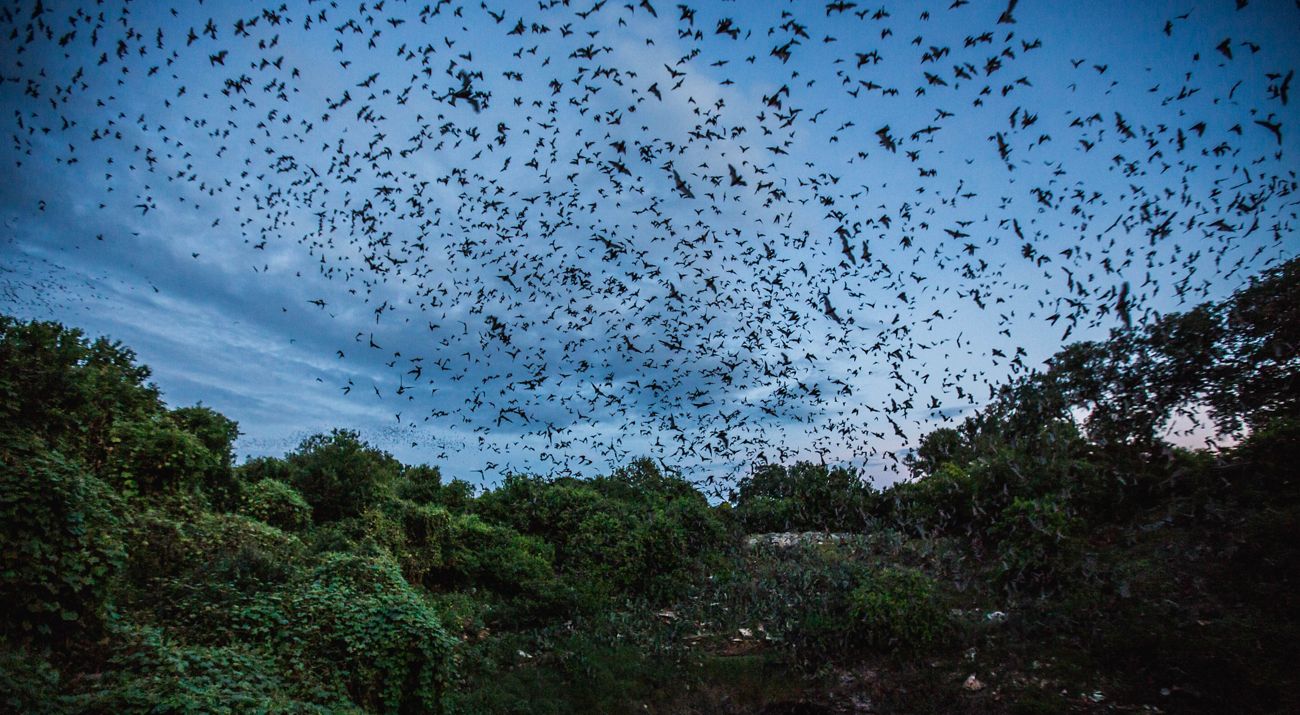
There are 1,100 species of bats worldwide, with 40 species in the United States alone. Though small in physical size, bats have a large footprint, making up one-quarter of the world's mammals.
Learn more about one of the natural world’s unsung heroes:
1. Bats can live more than 30 years and can fly at speeds of 60 miles per hour (or more!)
In fact, University of Tennessee researchers found that the Mexican free-tailed bat could reach speeds up to 100 mph, making it by far the fastest mammal on Earth.
2. Bats can find their food in total darkness.
Not all bats are nocturnal (meaning they’re awake at night). But those that are can locate insects to eat by emitting inaudible high-pitched sounds, 10-20 beeps per second, and listening to echoes. This is called echolocation.
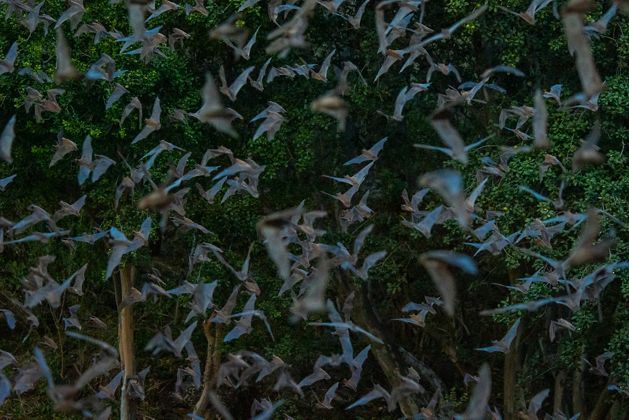
Let Nature Echolocate Into Your Inbox
Get the latest news, photos and opportunities near you, delivered monthly. Check out a sample Nature News email.
3. Bats can eat up to 1,200 mosquitoes an hour.
Often, bats consume their body weight in insects every night, helping keep bug populations in check.
4. More than half of the bat species in the United States are in severe decline or listed as endangered.
In addition to loss of habitat, one of the most dire threats comes from white nose syndrome, a disease that has decimated bats in the U.S. and Canada. The Nature Conservancy collaborated on a white nose syndrome breakthrough. Bats were treated with a common bacterium that seems to stop the growth of the white nose fungus and were then successfully released back into the wild.
5. Some bats hibernate in caves through the cold winter months.
Bats can also survive freezing temperatures, even after being encased in ice.
6. Pallid bats eat scorpions!
Pallid bats appear to be immune to scorpion stings, even from the most venomous scorpion in North America, the Arizona bark scorpion. Up to 70% of a pallid bat’s diet can be scorpions at certain times of the year.
7. Bat droppings, called guano, are one of the richest fertilizers.
Bat guano was once a big business—guano was Texas’ largest mineral export before oil! In fact, Austin is a seasonal home to North America’s largest urban population of Mexican free-tailed bats, which live beneath the Congress Avenue Bridge. Approximately 1.5 million bats reside there.
8. The world’s largest bat is the “flying fox,” which lives on islands in the South Pacific.
The flying fox bat has a wingspan of up to six feet. In contrast, the world’s smallest bat is the bumblebee bat of Thailand, which is smaller than a thumbnail and weighs less than a penny.
9. Baby bats are called pups! Most bats have only one pup a year.
Bat mothers can find their babies among thousands or millions of other bats by their unique voices and scents. Having only one pup a year makes bats extremely vulnerable to extinction.
10. The Bracken Bat Cave in Texas is home to the world’s largest bat colony.
Millions of Mexican free-tailed bats roost in the Bracken Cave each year between March and October. Learn more about The Nature Conservancy’s efforts to secure 1,521 acres to protect this vital species.
Test Your Bat Knowledge
Think you know bats? Text BATCAVE to 97779 to take our quiz!
